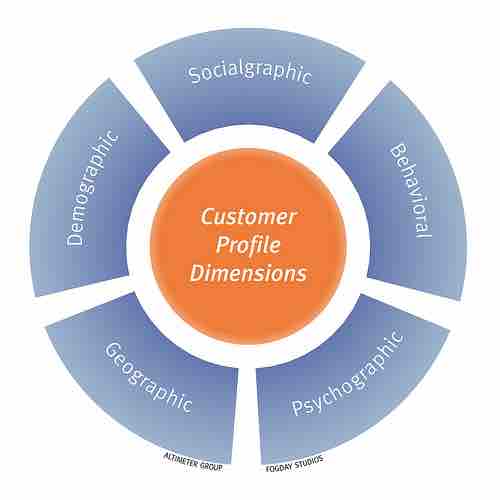Five Steps to Defining Your Target Market
Is your target market "anyone who will pay you for your product or services? " Or are you focusing your efforts on a tightly defined market niche with an identified need for your business' offerings? If it's the former, you will do well to define your target market.
Here's how.
Briefly state your target market and the needs you will be fulfilling: Ask yourself why you chose this particular business, who your products/services are meant for, who you want to do business with, and what is unique about your product. Let's say you are planning to sell products used in automotive detailing. You decide that vehicle owners are your broad target market. Your business will help them keep their vehicles clean and shiny.
Next, break this large market down into smaller sections (segmentation): There are people who restore classic automobiles. There are people who drive an old clunker and run it through the car wash occasionally. There are people who own "status" automobiles. There are truck owners, and motorcycle owners. Your job is to consider various subgroups and decide upon your niche market.
Remember, there are auto owners who don't care about keeping the vehicle clean and shiny. Then there are those who care, but lack the time and the interest to do the work themselves. They take their vehicle to a shop. Others only worry about auto detailing when it is time for a trade in.
You reject these segments as unsuitable for your niche market. After consideration, you decide that your market segment will be automobile owners who have both the time and the interest to do their own detailing work--people who enjoy puttering with their vehicles, who have the time to spend, and who take pride in their vehicle's appearance. Do you think that there are enough potential customers in that group to support your business? Are you supplying a service that is not readily available to them from other sources? If yes, move to step three.
Develop your customer profile: Describe your potential customers as fully as you can. What do you know about them? Where are they situated geographically? What do they spend on car detailing? What are they likely to spend? Where do they shop? What is their annual income? What languages do they speak? What kind of automobiles do they drive? If you are selling online, what methods do they prefer for online payment? What type of web sites do they visit? How do they want their product delivered? Identify your customer profile before you do your market planning.

Customer Profile
Creating a customer profile will help you get a true picture of your customers.
Now that you have fully identified your target market, do your research to verify that there will be enough business in this group to support your company in its growth. This is where you verify that the need actually exists, and was not wishful thinking on your part. Use both primary and secondary sources in your research. You might consult business directories, obtain statistics regarding automobile owners and their car care practices, locate newspaper articles and magazine stories written on the subject, or conduct your own research using market research techniques such as surveys, focus groups, online searches, etc.
Lastly, do research to determine the market size and your potential market share.
In other words, use primary and secondary sources to find out how many potential customers there are in the geographic area you have defined, and how many businesses are directly or indirectly competing with you. Your market share will be the number of customers that are likely to buy from you rather than your competition.
Having defined your target market, you are now better positioned to develop a marketing plan that will reach your potential customers, and perhaps your sales will start to rocket immediately.